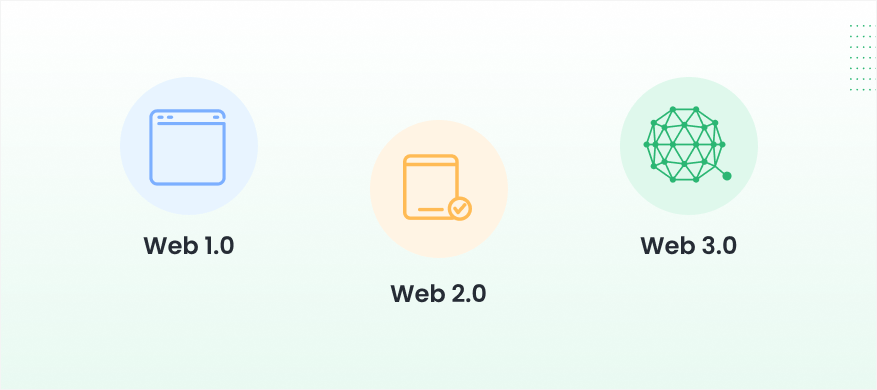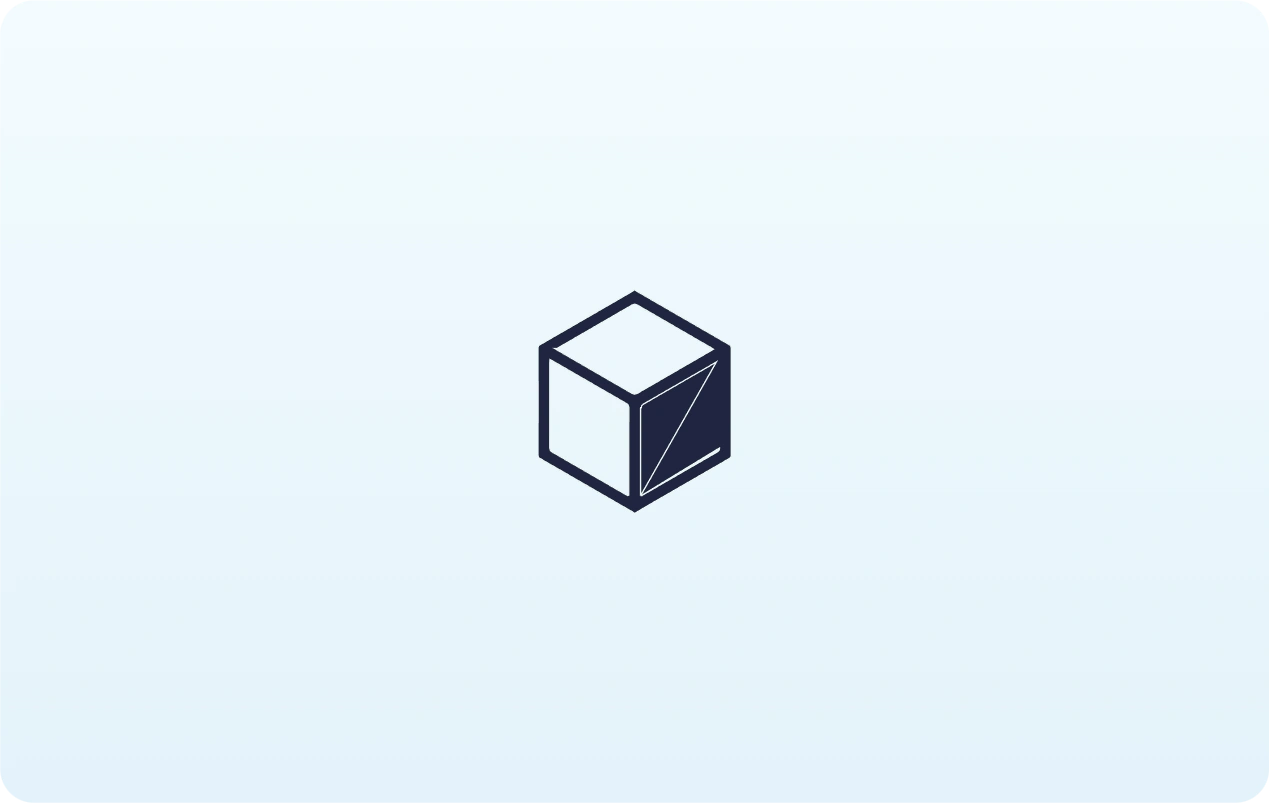The term “Web 3.0” was first coined by the Ethereum co-founder Gavin Wood in the year 2014. He was the first to address the problem with the existing Web2.0 infrastructure, where most web users need to rely on a handful of private organizations to act in the public’s best interests.
Definition:
Web3.0 is the third generation of web technologies that employ blockchains, cryptocurrencies, and NFTs to give power back to the internet user in the form of ownership. Web3.0 transforms the existing internet infrastructure by being verifiable, trustless, self-governing, permissionless, decentralized, stateful, and robust.Decentralized applications and other blockchain-based technologies are the by-products of Web3.0 technologies. The driving factor of Web3.0-based technologies is that user gets more control over their data with the help of smart contracts, and they can conduct a financial transaction without relying on third parties or other centralized intermediaries.
Unlock the potential of digital assets for your institution
What make web3.0 different from web2.0 and web1.0?

Decentralization
On web 2.0, the governance and applications are centralized, whereas Web3.0 is decentralized. There is no central authority in Web3.0 infrastructure that is enabling applications and services.
Blockchain-enabled
Blockchain help make decentralized applications work. It is critically important for enabling decentralization. The blockchain infrastructure heavily relies on user transaction data and network connection structured in a distributed format. On the other hand, every single web 2.0 application relies heavily on a centralized database infrastructure. An immutable ledger of transactions on the blockchain allows users to authenticate ownership and transfer valuable products across the Web3.0 ecosystem.
Native cryptographic currency
In the Web3.0 universe, users don’t have to trade goods and services using fiat currencies – as the central banks do not manage them. Web3.0-based decentralized applications come with their native crypto-currency, enabling faster transactions across the ecosystem.
Secure and manage your digital assets with Liminal
Autonomous operations
Web3.0 is shipped with smart automation features that help establish decentralized autonomous organizations and build financial services.
Network fees
The fees charged for transactions and operations conducted on the Web3.0 protocol are directly channeled to network participants. The network fees literally stand nowhere – when compared to the charges stamped by middlemen in the existing financial infrastructure.
Censorship-resistant
Across Web3.0, users have the freedom to access all kinds of financial instruments and conduct all types of financial transactions in a decentralized, secure, and reliable manner without the permission of a centralized authority.
Web 1.0 vs Web 2.0 vs Web 3.0 – and how they work?

Web 1.0
- It was read-only
- All data is sourced from a single centralized database which allows applications to function properly
- The internet infrastructure applications are developed with the IPv4 addressing space

Web 2.0
- It is read-write
- All data is sourced from a single centralized database which allows applications to function appropriately
- The internet infrastructure applications are developed with the IPv4 addressing space

Web 3.0
- It is read-write-own
- The Web3.0 infrastructure employs a decentralized database that runs on a distributed consensus mechanism (the blockchain protocol) to source data
- Web3.0 applications are developed with IPv6 addressing space
Let’s see some real-life applications of Web3.0:

Web3.0 is designed to work in conjunction with crypto tokens or cryptocurrencies instead of fiat currency. Numerous decentralized applications offer opportunities to people from technical and non-technical backgrounds to participate in the protocol and make a living. Let us see some actual use cases to understand why we should care about Web3.0:
Non-Fungible Tokens
NFTs or Non-fungible tokens are asset tokens minted and stored on a decentralized network or blockchain with the help of a cryptographic hash function, making it an independent and unique token – one that can be easily traded across the Web3.0 ecosystem
Decentralized finance
Defi or Decentralized Finance is one of the emerging branches/ applications of blockchain and Web3.0 technologies. The aim of Defi applications is to enable traditional financial services in a decentralized fashion – making financial infrastructure more accessible to masses beyond geographic boundaries
Decentralized autonomous organization
DAO or decentralized autonomous organizations are set to potentially become the way of organizing entities over Web3.0 infrastructure. DAO provides structure and governance to services in a decentralized fashion
Decentralized Applications
DApp or Decentralized applications are services developed on top of the decentralized network infrastructure by employing virtual machine-compatible smart contracts. Smart Contracts are programmable contracts designed to conduct business operations autonomously based on user inputs – these contracts are logged in an immutable ledger to record transactions and verify ownership.
In conclusion,
Web3.0 can potentially revolutionize every domain as it has already shown a glimpse of a new generation of the internet. We can say that, just like us, Web3.0 is a work in progress, and the future will tell what it holds.






